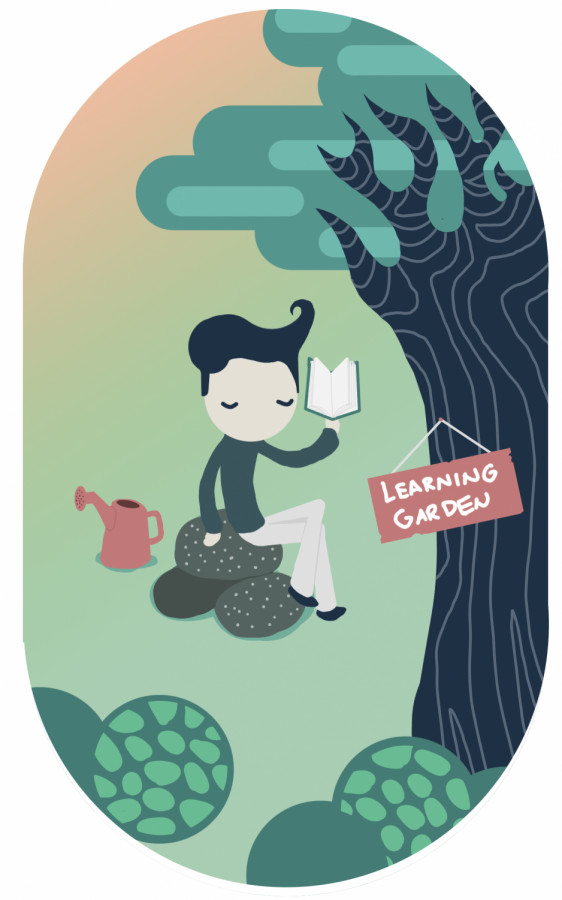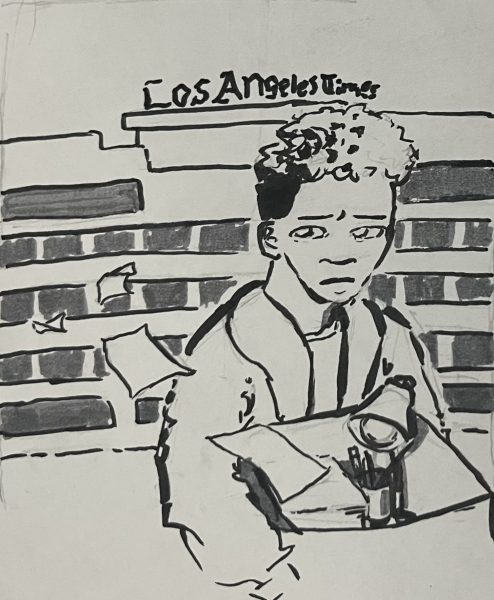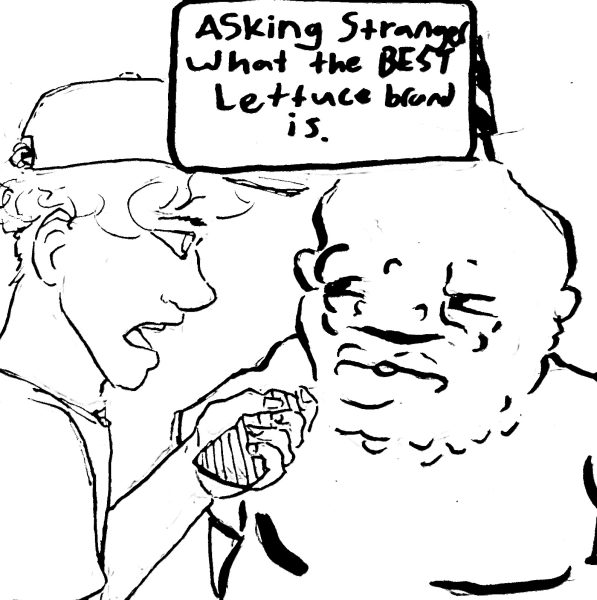Schools Need Gardens
April 29, 2019
Today, it doesn’t appear that many young adults are interested in gardening and the generations that enjoyed gardening the most are progressively getting older. After World War II, the government encouraged people in the US to plant “victory gardens,” so that each person could produce enough fresh food to provide for the country. At the current rate, not many of these people will be left to appreciate gardening for the important role it plays in society. However, being able to grow one’s own food and being able to appreciate a garden space are good skills to have that should be emphasized in schools.
A trip to a school’s garden can add a lot to a required class while helping students become more interested in gardening and teaching them how to enjoy the earth.
Many science classes can benefit from a visit to a garden because plants are easy to experiment on and observe. When you are learning about how living things function and interact in the real world, being outside and seeing these concepts in action help students learn. For example, in a biology class, observing and experimenting with plants can help teach students about photosynthesis. At the same time, the garden can help add to a chemistry class by providing students with the opportunity to determine which chemical conditions are the best for plant growth.
Even classes that seem unlikely to have a connection to gardening, like an English class, can be made more engaging with a short time spent in the garden. English teacher Hazel Witham tries her best to take her students to the garden when she can in order to improve on lessons about how to write poetry and make specific observations about the world in one’s writing.
Having a garden on a school campus and using it can also help students become more conscientious about where their food comes from and, in turn, more conscientious about their eating habits. Venice is lucky to have had the Learning Garden for so many years.
“School gardens are an important way to use the schoolyard as a classroom,” said community garden worker and active supporter of the Venice High School Garden Club, Eleuterio Navarro. “It reconnects students with the natural world and the true source of their food. If you want students to appreciate food and not waste it, teach them to grow their own.”
There is a big problem with how much food waste is produced around the world, especially in the US. Too much of the waste that is thrown away in the US is perfectly edible, but because not enough people are mindful of what goes into food production, large amounts of fresh fruit and vegetables are thrown away or grow old in someone’s refrigerator. Americans waste about 150,000 tons of food every day, according to The Guardian, but this can be prevented and controlled with better gardening education.
If people learned how to avoid wasting food, they could also learn about how to use the food available properly. Some ways students could learn how to reduce food waste include eating imperfect fruits and vegetables, storing produce in the refrigerator to make it last longer and helping your parents plan meals ahead of time to avoid buying unnecessary produce.
Navarro taught an after-school class last year through the Boys and Girls Club that combined gardening and cooking in a way that helped the students learn how to eat healthier foods in a fun way. This helped students become aware of the entire food production process and made them more mindful about the resources that are necessary to complete a meal.
The Venice High School garden is open to the public all day every Wednesday through Saturday where people can enter via a gate on Walgrove Avenue; however, it is rarely put to use by Venice students or teachers.
One third of the Learning Garden is now unusable and the part of the garden that is still usable will be under construction for a period of time. All of this disruption of the garden is a part of the construction of a promised science building that will have easy access to the garden so that students can apply things that they learn in the classroom to what they observe in the garden.
Unfortunately, although not much information is being released at this time, a large trench will have to be dug through the center of the garden over the summer. This trench will be 30 feet wide and 20 feet deep and will be used to put down piping for the science building that will be built. Members of the community garden are slowing their planting in the garden as more information is released and will soon begin transplanting certain plants that will be in the way of the trench.









